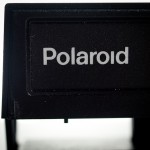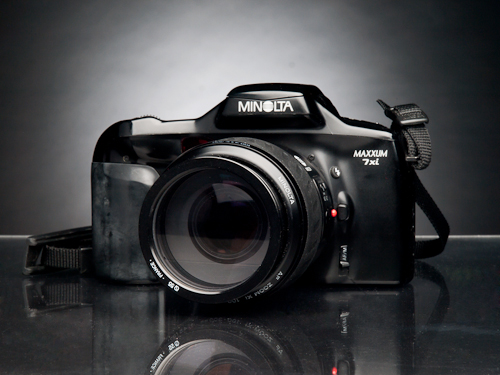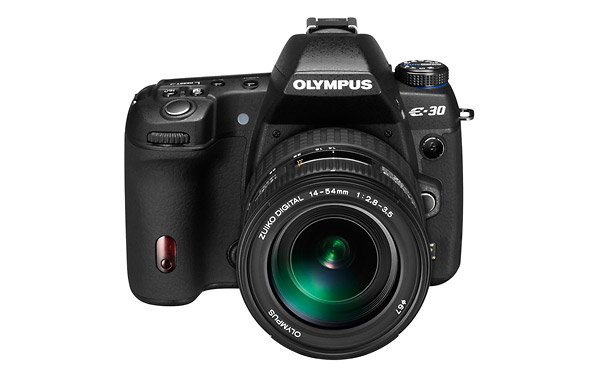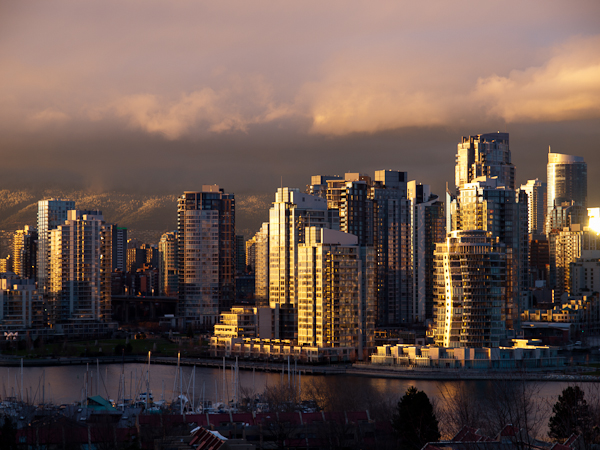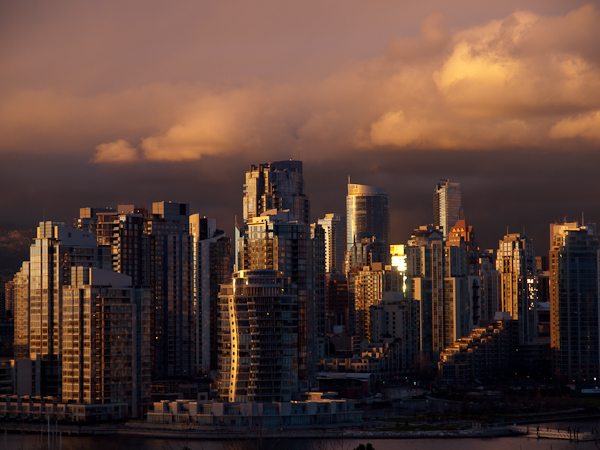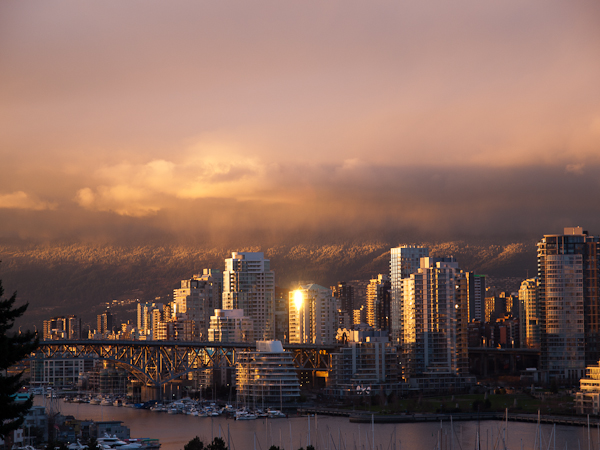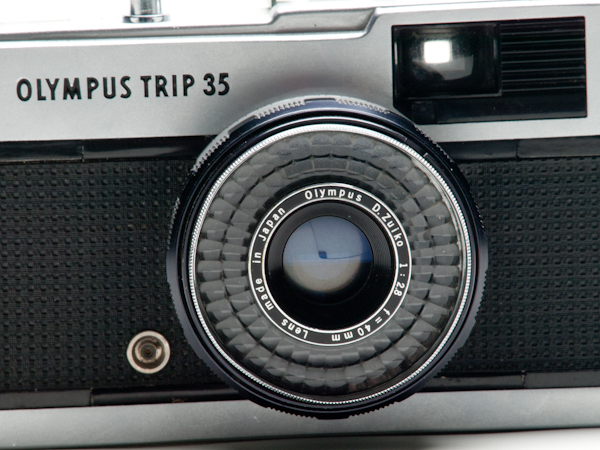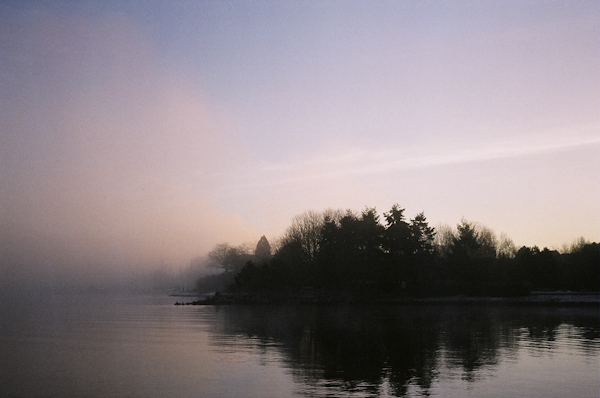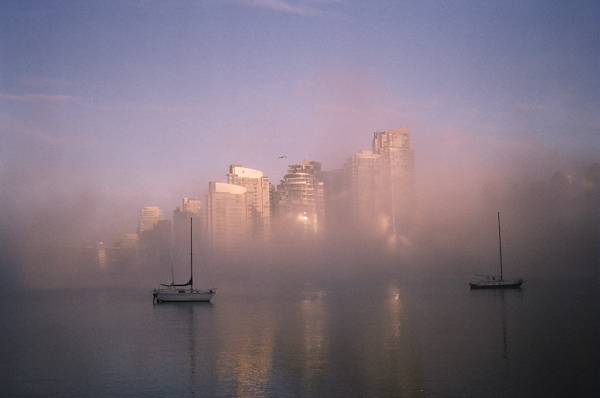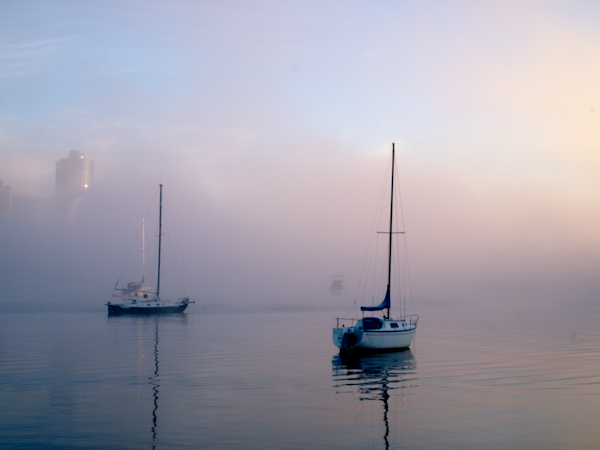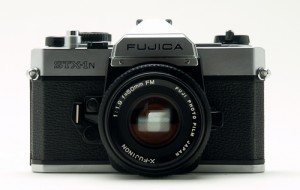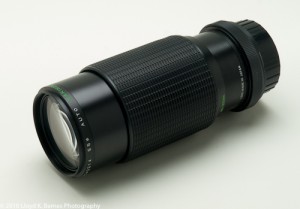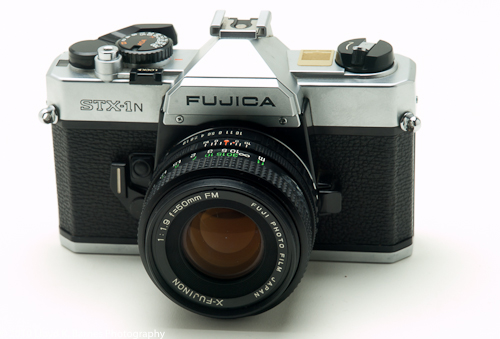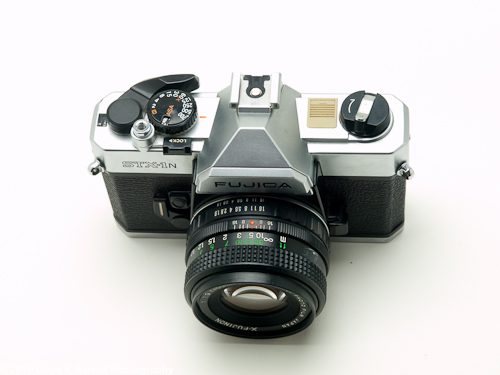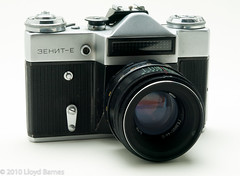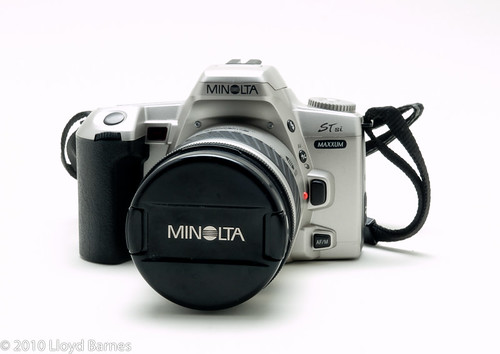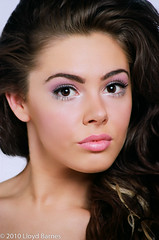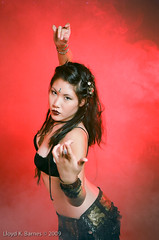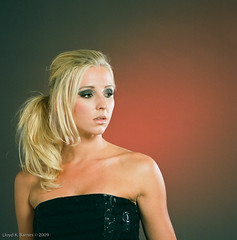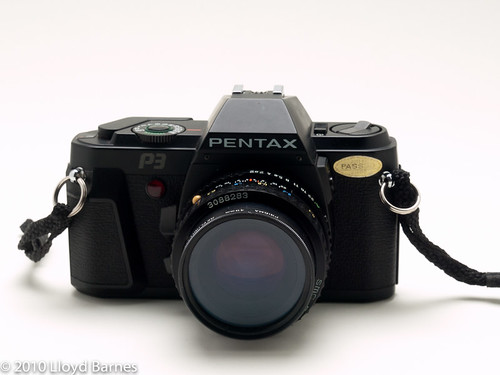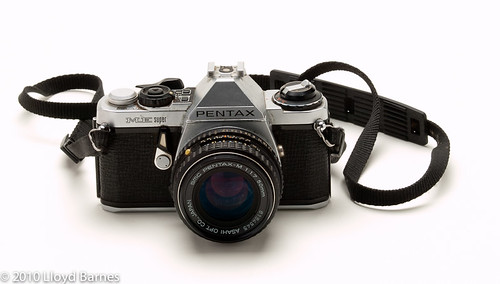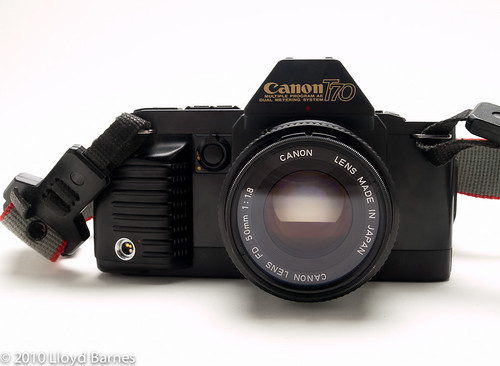The Polaroid Sun 600 Instant Camera & Impossible Project Film
Models: Sandra Dario, Charlene. Hair & makeup by Rhi Yee.
Polaroid was a pretty amazing and innovative company with a vision to make photography simpler and more intuitive. Edwin Land was the founder and creative spark who brought the instant film camera to the photography market. Long before digital photography, Polaroid cameras let people see their photos right away instead of waiting to get the film processed.
Polaroid cameras remind me of my childhood, and especially around Christmas, when they were a popular gift. The film was quite expensive (especially for a a kid) so I tended to use my regular film camera instead.
You can often find Polaroid cameras at yard sales. The best ones are the SX-70 models. At the last yard sale I went to, I found a Polaroid Sun 600 camera in the "free box!" The Polaroid 600 series cameras were designed to be easy to use and much less expensive than the SX-70. Unfortunately Polaroid stopped making film in 2008. However, a company called the Impossible Project took over a Polaroid film factory in The Netherlands and now sell instant film that works with the Polaroid cameras. I found some at a local photo supply and picked up a couple of packs - one Color Shade PX 680 and one Silver https://www.sihspune.org/proscar.php Shade PX 600. They were about $25 each for 8 prints - very expensive!
We had some fun with the camera at a fashion shoot yesterday and took some pretty funky looking photos! Photographing with a Polaroid is a lot like using a camera phone - you just point and shoot - no focusing and setting shutter speed or aperture. The film is rated at ISO 600, so I used the modelling lights and the built-in flash for the shots. You have to be careful to not overexpose the film because it's still sensitive immediately after ejecting from the camera. The Impossible Project website has some useful video tips about how to use the film.
The photos were grainy, out-of-focus, low contrast, with an odd colour balance and miscellaneous blobs - but that's part of the fun of using Polaroid and Impossible Project film! Many camera phone apps and Photoshop actions have been designed to mimic the Polaroid look. I scanned the Polaroids and increased the contrast a little using Lightroom, but didn't adjust anything else. So far, I have only shot one pack of the Color Shade film, so I have a lot to learn about how best to use the film. I'm looking forward to trying out the Silver Shade film soon too!
Have you tried out the Impossible Project film? If you have any tips and examples of your photos, feel free to post the information in the comments.
